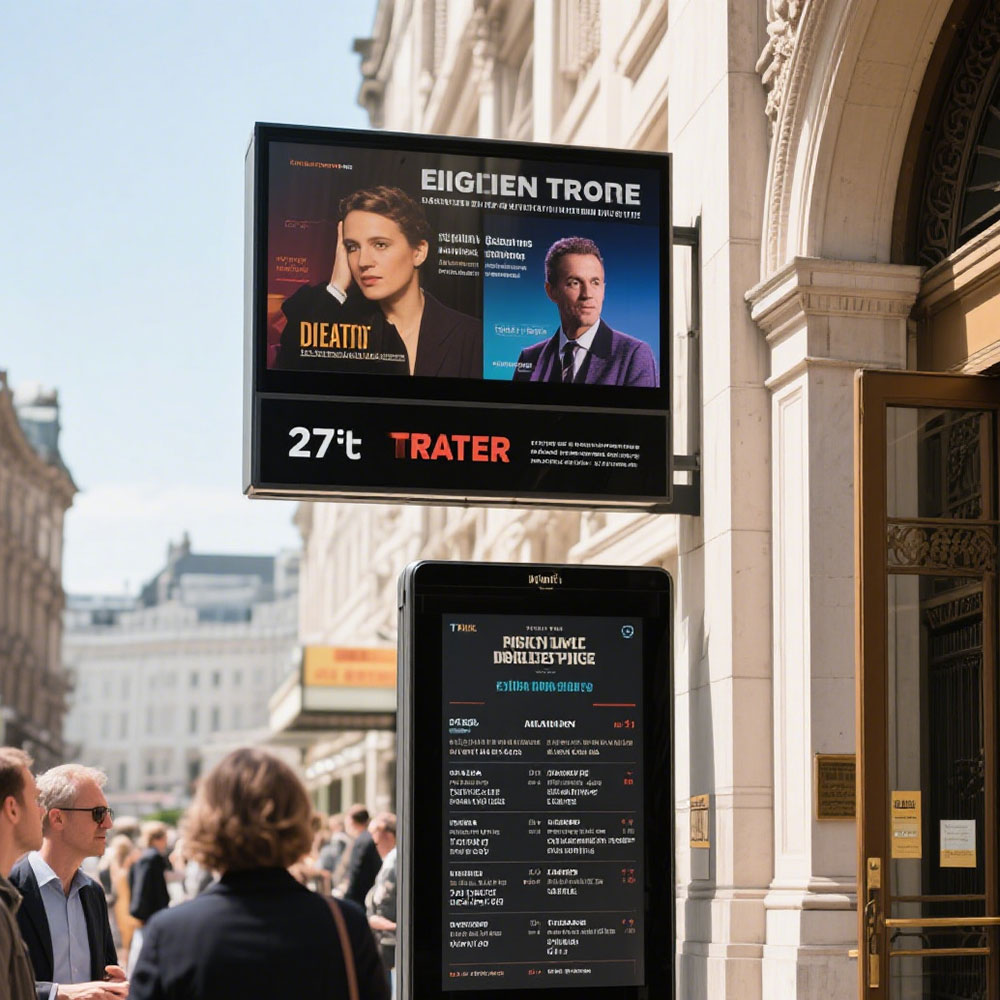In today’s industrial and outdoor environments, visibility under direct sunlight is no longer a luxury—it’s a necessity. Sunlight-readable high-brightness LCD displays are engineered to deliver consistent image clarity even in extreme lighting conditions, making them indispensable in sectors such as transportation, military, medical devices, and energy infrastructure.
According to the International Electrotechnical Commission (IEC) standard IEC 60068-2-1, environmental stress testing—including temperature, humidity, and luminance exposure—is critical for evaluating display performance in harsh settings. High-brightness LCDs typically exceed 5,000 nits of peak brightness, far surpassing the standard 300–500 nits found in consumer-grade displays. This level of brightness ensures that content remains legible during full daylight, even when the sun is at a 90° angle relative to the screen.
Key engineering features include anti-glare coatings, wide viewing angles (often 178°), and advanced backlighting systems such as LED arrays with dynamic dimming control. These components work together to reduce ambient light reflection while maintaining uniform brightness across the entire panel. For instance, in automotive dashboards or construction equipment interfaces, where operators must make split-second decisions, even a slight reduction in contrast due to glare can compromise safety.
Manufacturers like Sharp, LG Display, and Innolux have implemented proprietary technologies—such as multi-layer optical films and polarization optimization—to enhance both brightness and contrast ratios. In field tests conducted by the U.S. Department of Transportation, sunlight-readable displays reduced driver reaction times by up to 35% compared to conventional screens, demonstrating measurable improvements in operational efficiency and safety.

Moreover, these displays often meet IP65 or higher ingress protection ratings, ensuring resilience against dust, water spray, and mechanical shock—critical for outdoor deployment. With increasing demand for smart city infrastructure and IoT-enabled field devices, the global market for high-brightness LCDs is projected to grow at a CAGR of 8.2% through 2030 (MarketsandMarkets, 2024).
For engineers and procurement teams selecting displays for ruggedized applications, prioritizing certifications such as MIL-STD-810G for environmental durability and ISO 16750 for automotive suitability ensures long-term reliability. The combination of certified performance, proven real-world results, and adherence to international standards makes sunlight-readable high-brightness LCDs not just a feature—but a functional imperative in modern industrial design.








